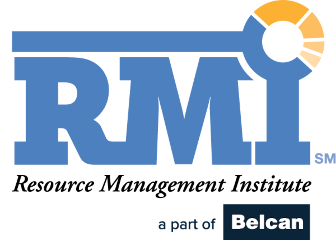Resource management just got more complicated. The days of depending on building a stable, employee-based workforce appear to be on the decline. A key driver of this phenomenon is what the industry calls the gig economy, driven by a younger generation more willing to work a ‘gig’ vs. seeking a more permanent full-time employer. To be fair, in many cases companies have also fueled this latest trend by not creating the opportunity for long-term employment situations. Some data to support these trends:
While this data is U.S. centric, similar trends are underway in most parts of the industrialized world. As project-based service teams get on with the job of resource management, the visibility to and availability of resources becomes more challenging. Companies have been dealing with this problem for some time, and as the RMI has always recommended, some amount of non-employee resources to fill peak-load or specialized skills needs has always made sense at some level. With ‘flex’ workforces approaching half of our future resource supply, new ways to accomplish the job of consistently and predictably matching demand for resources with the right person, who has the right skills, and get them into the right place at the right time are needed. There are three critical areas to consider:
1. Developing a reliable source(s) of skilled freelance workers
2. Automating the identification and on-boarding of freelance workers to fill project needs at scale
3. Incorporating this growing ‘third party sourcing’ at scale into your resource management processes and supporting automation strategies
The RMI is working to identify and bring our members the answers to these needs. The good news is we are already building our related library of research and best practice information. We have already done substantial research into the world of the gig marketplace vendors. While nascent, the gig marketplace vendor space is already crowded with a wide variety of vendors with varying degrees of success and satisfaction from users. What is really trailing the real need here is the incorporation of this gig marketplace tech capability into your current processes and automation architecture.
In 2021 the RMI will make solving for these growing needs a priority, so get involved, stay tuned, and let’s work together to evolve resource management capabilities to meet the future needs of the flex workforce.




